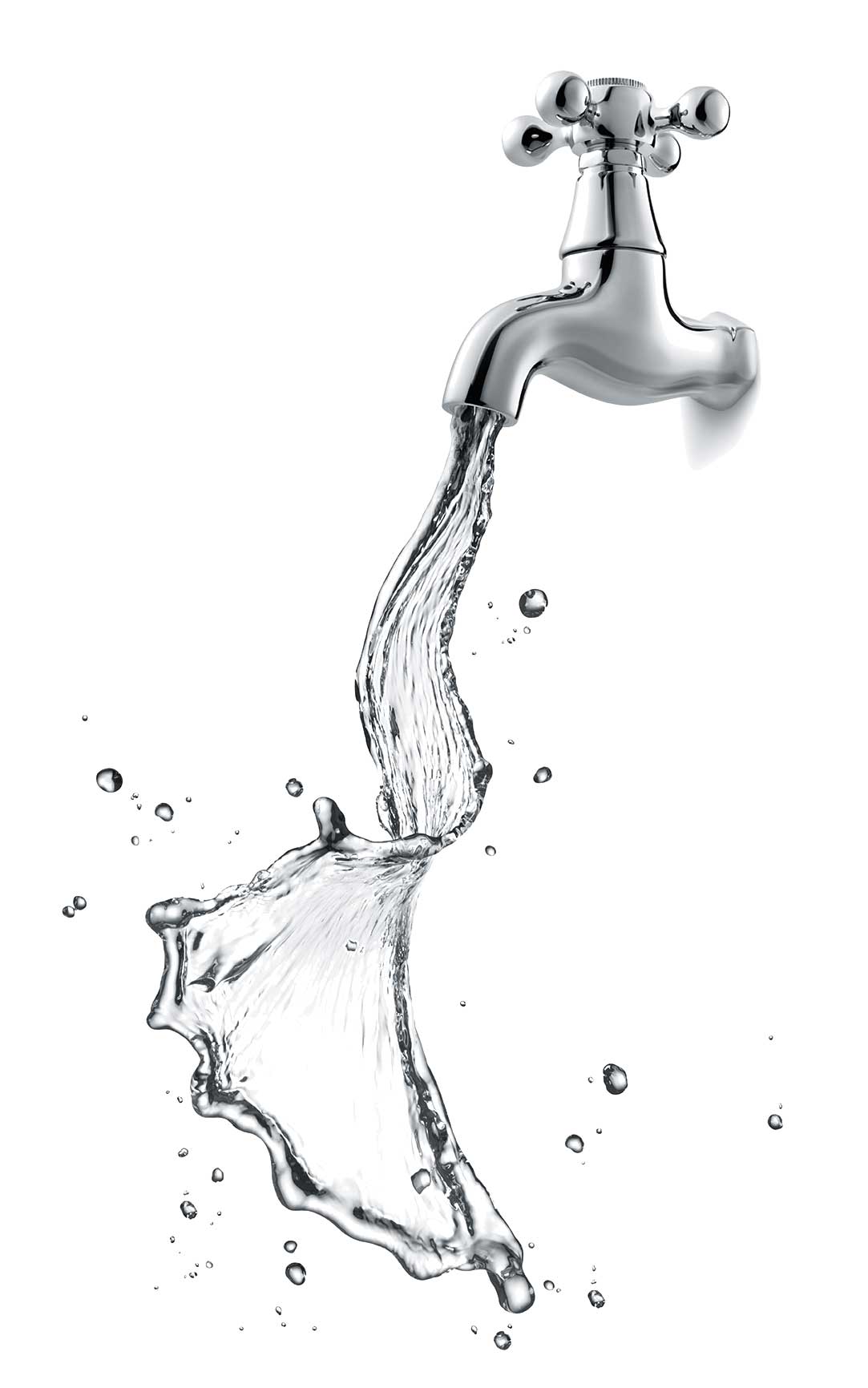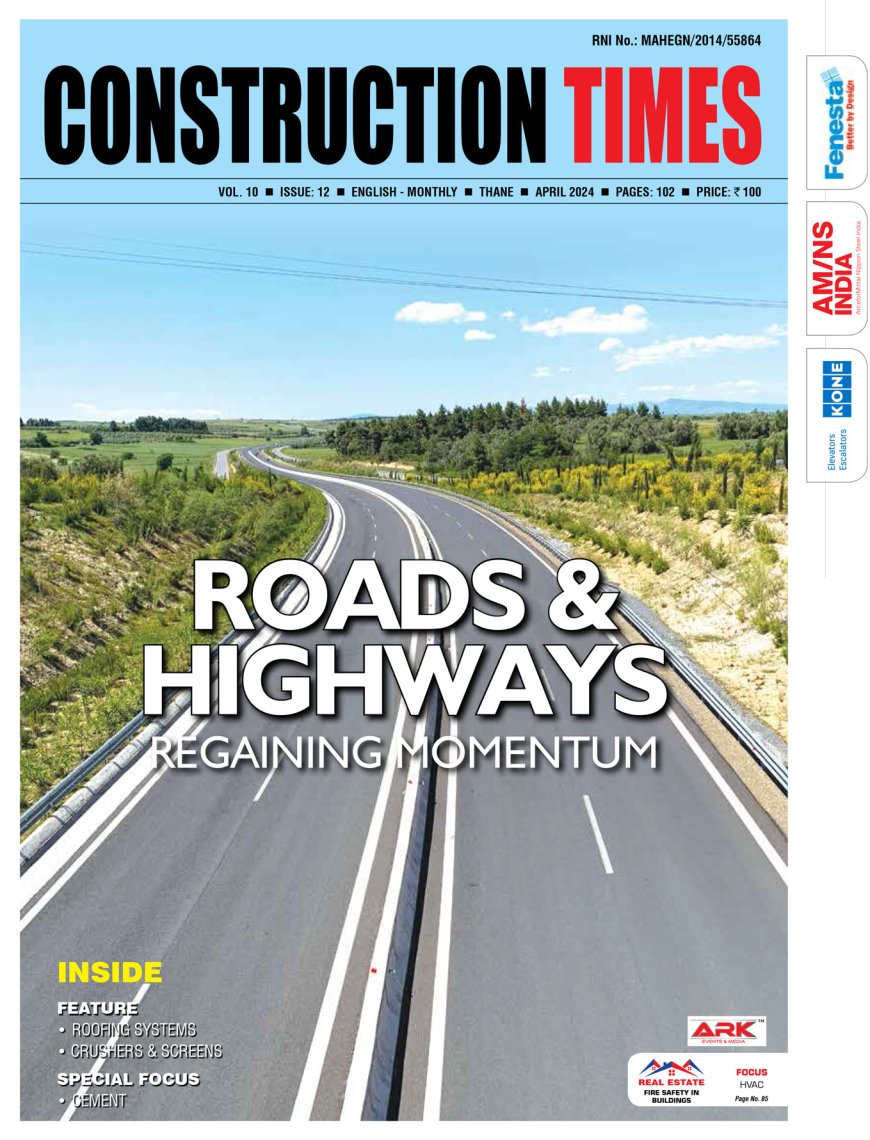ENABLING SAFE RELIABLE WATER SUPPLY
ATLC Infraconsultants designed a water system 25 days ahead of schedule, providing potable water to 300,000 people in India. OpenFlows WaterGEMS and STAAD help them optimize designs while saving costs. 128 villages lacked piped, safe drinking water Mirzapur, one of the southern districts of Uttar Pradesh, India, spreads over 4,525 square kilometers and includes Vindhyachal Dham, a significant Hindu temple. Until recently, the 300,000 people living in 128 villages of the Marihan Block in Mirzapur received water through individual and public hand pumps.


- Sandra DiMatteo
Industry Marketing Director, Water Infrastructure at Bentley Systems
ATLC Infraconsultants designed a water system 25 days ahead of schedule, providing potable water to 300,000 people in India. OpenFlows WaterGEMS and STAAD help them optimize designs while saving costs.
128 villages lacked piped, safe drinking water Mirzapur, one of the southern districts of Uttar Pradesh, India, spreads over 4,525 square kilometers and includes Vindhyachal Dham, a significant Hindu temple. Until recently, the 300,000 people living in 128 villages of the Marihan Block in Mirzapur received water through individual and public hand pumps. To improve the quality of life for residents and for the many visitors to Vindhyachal Dham, the state government initiated a project to develop a piped water system, ensuring equal distribution of treated water to all 128 villages. ATLC Infraconsultants Pvt. Ltd. was contracted to design the project, which needed to continue operations and accommodate population growth through at least 2053, as well as meet state regulations. “The proposed Leduki water supply scheme has been designed taking into consideration the optimization of infrastructure, operations, and maintenance to achieve the service level delivery under the ambitious program of the state government,” said Gaurav Gupta, Director, ATLC Infraconsultants.
Designing a water network in the mountains
In addition to the state government's requirements, they soon determined that the ambitious project would need numerous components. These included augmenting the existing water treatment plant, a new pumping station at the water treatment plant, four additional water pumping stations, and 12 service reservoirs, as well as the many kilometers of transmission and distribution mains and house connections with water meters. Properly placing the components in the mountainous area required a sweeping topological survey of the site areas, site data collection to determine the number of households to be served, and a source sustainability study to confirm the availability of water, as they did not know the current state of the water table.

After obtaining the site data, ATLC planned to undertake raw water and clear water hydraulic analysis, along with surge calculations. Since the hydraulic data would help inform the design of all components, the design team wanted to incorporate the hydraulic data into the modeling environment. ATLC tried to undertake the work in other applications, but they could not provide a comprehensive view of the undulating topography, which varied in height by as much as 140 meters, or provide alternate route alignment suggestions. The environment required multiple siloed applications to carry out the work, plus they could not easily analyze the effects of design changes on water pressure. ATLC realized they could not efficiently design a safe network and meet the required 90-day deadline with these older tools.
Hydraulic analysis and modeling in one environment
After considering several options, ATLC determined they could seamlessly design the network and undertake hydraulic analysis with OpenFlows WaterGEMS and STAAD. The detailed hydraulic analysis revealed the exact state of the water table, which helped them determine where assets would need to be built and how to ensure clean water. Using OpenFlows WaterGEMS, the design team incorporated the site data and performed updated hydraulic analysis as needed to optimize the designs, ensuring their safety and reliability. This analysis included a complete evaluation of the water supply, pressure zoning for equalized distribution, and a determination of the most effective distribution to household connections. With STAAD, ATLC optimized the structural designs of intake wells, elevated service reservoirs, and water treatment plants.
As they combined their work in the two applications, they built a digital twin of the entire work area that clearly visualized the scope and details of the project, helping them share their work with project stakeholders. “We conceptualized a digital twin that helped us get approval of the design concept with the client,” Gupta said.
Determining how to improve safety and reduce costs
By using OpenFlows WaterGEMS and its integration with Bing Maps, ATLC quickly visualized all project locations. The clear view of the project area helped them determine how to convert some areas previously targeted for pumping stations into a gravity network, which saved Rs 50 million in development, in addition to future savings from lessened operations and maintenance costs. Further optimization on the pipeline layout helped them achieve a high level of quality while shrinking the total amount of piping from 750 kilometers to 674 kilometers and reducing the pipe diameter, saving Rs 70 million.

The client will save additional money during operations as the applications helped ATLC relocate the location of a pumping station, lowering the pump head and ongoing energy costs. The application also streamlined the modeling process while improving the accuracy of designs. By integrating and optimizing the design and analysis process, ATLC delivered the design of the Mirzapur water network 25 days ahead of schedule. The recently completed water system provides safe, reliable service to over 36,000 households, greatly improving their standard of living and the state's economy. “Every one dollar invested in water and sanitation provides a four dollar economic return by lowering health costs and increasing productivity,” Gupta said.

Hits: 0








